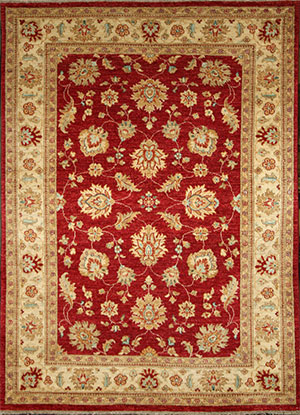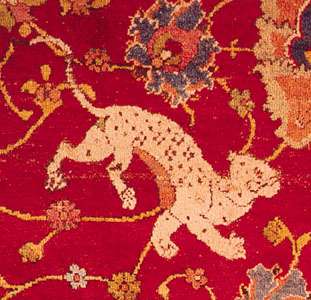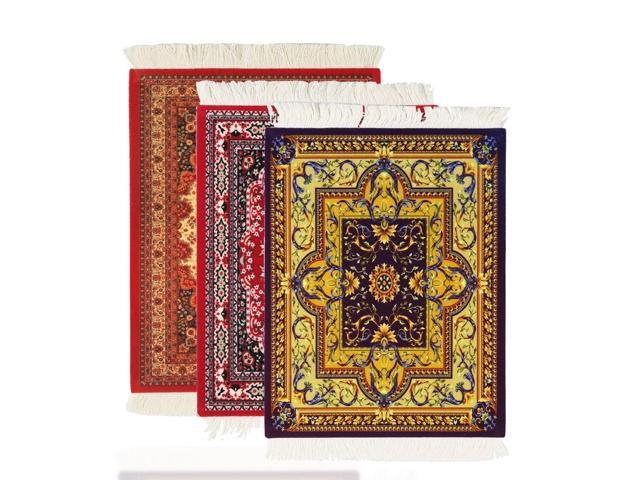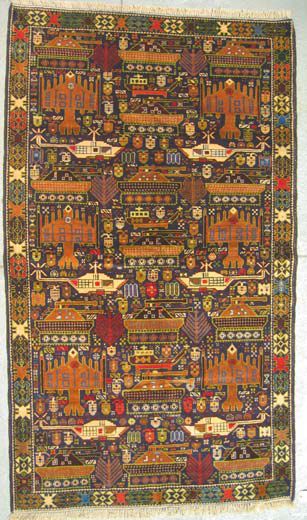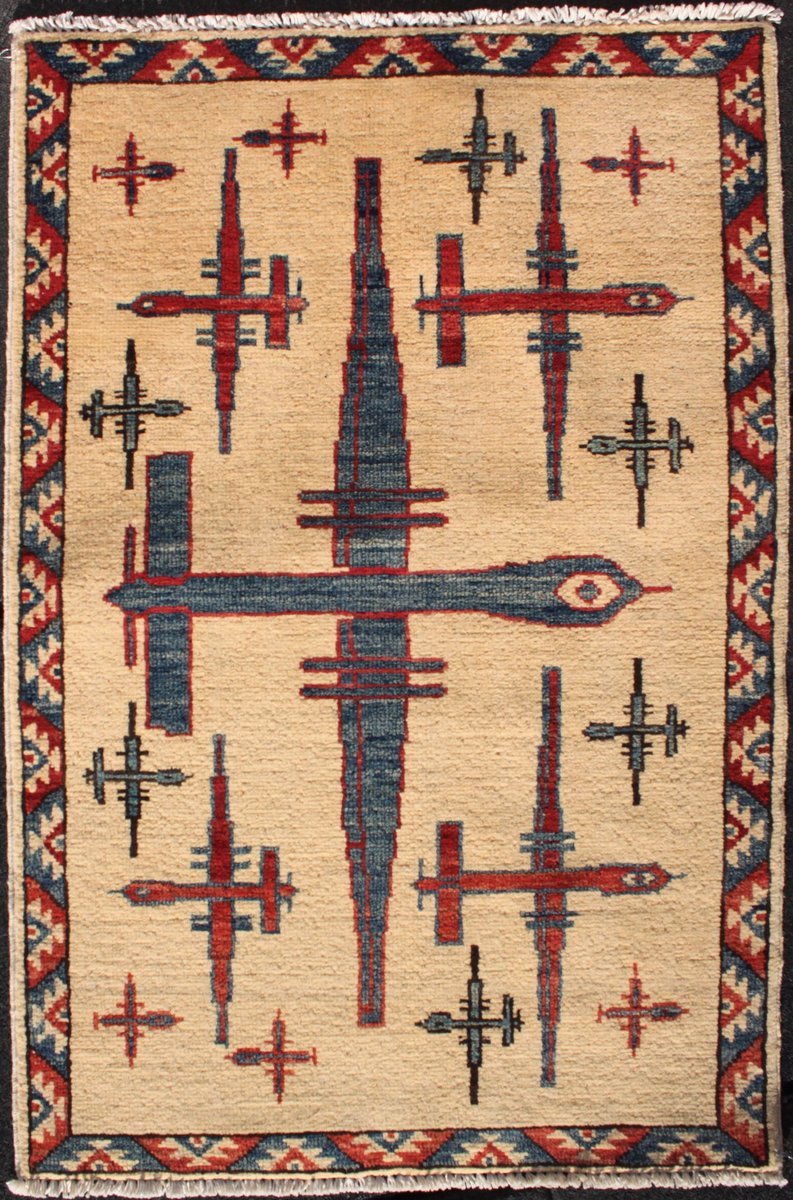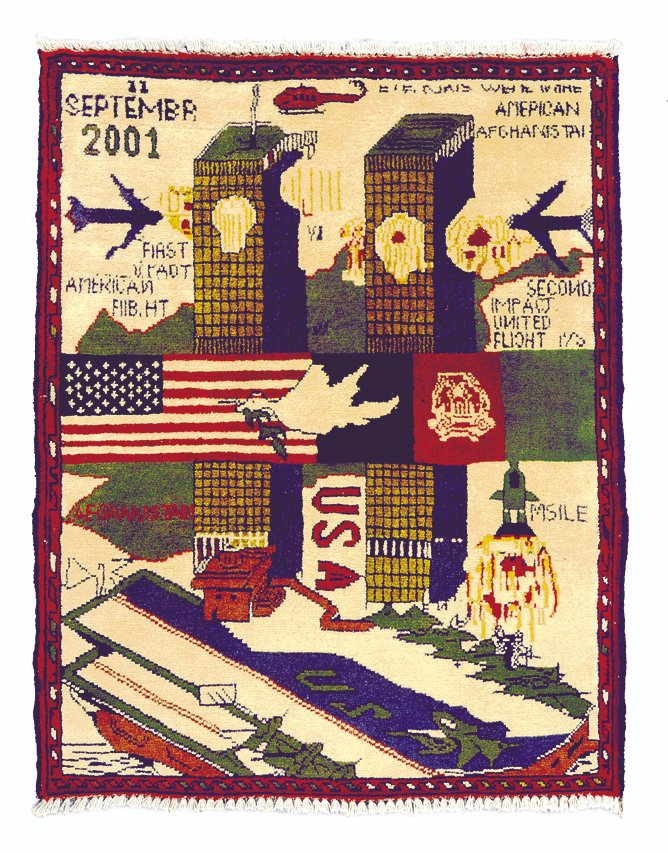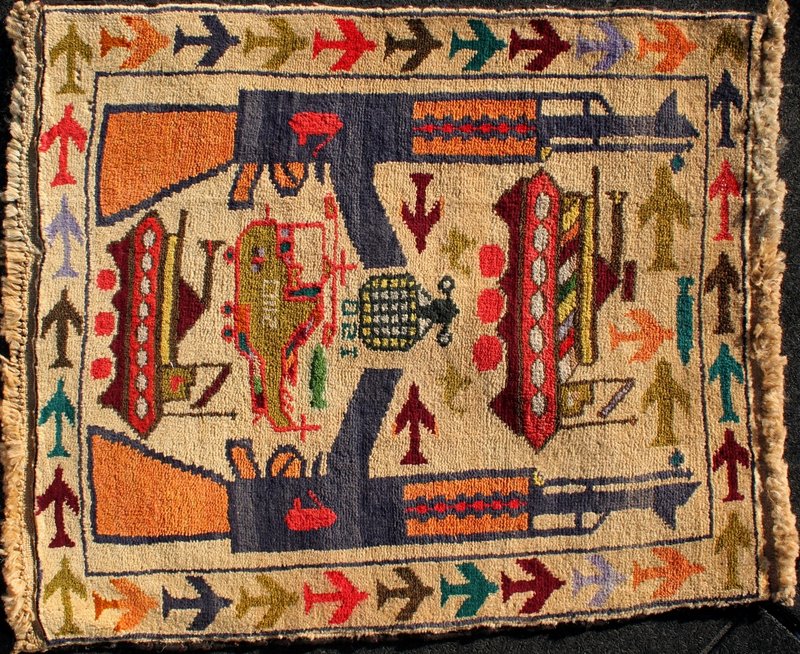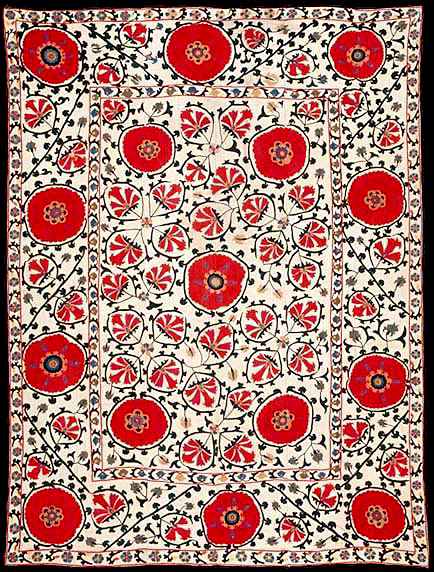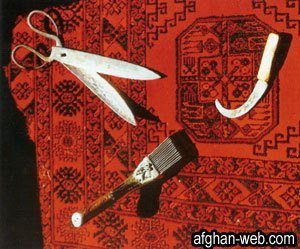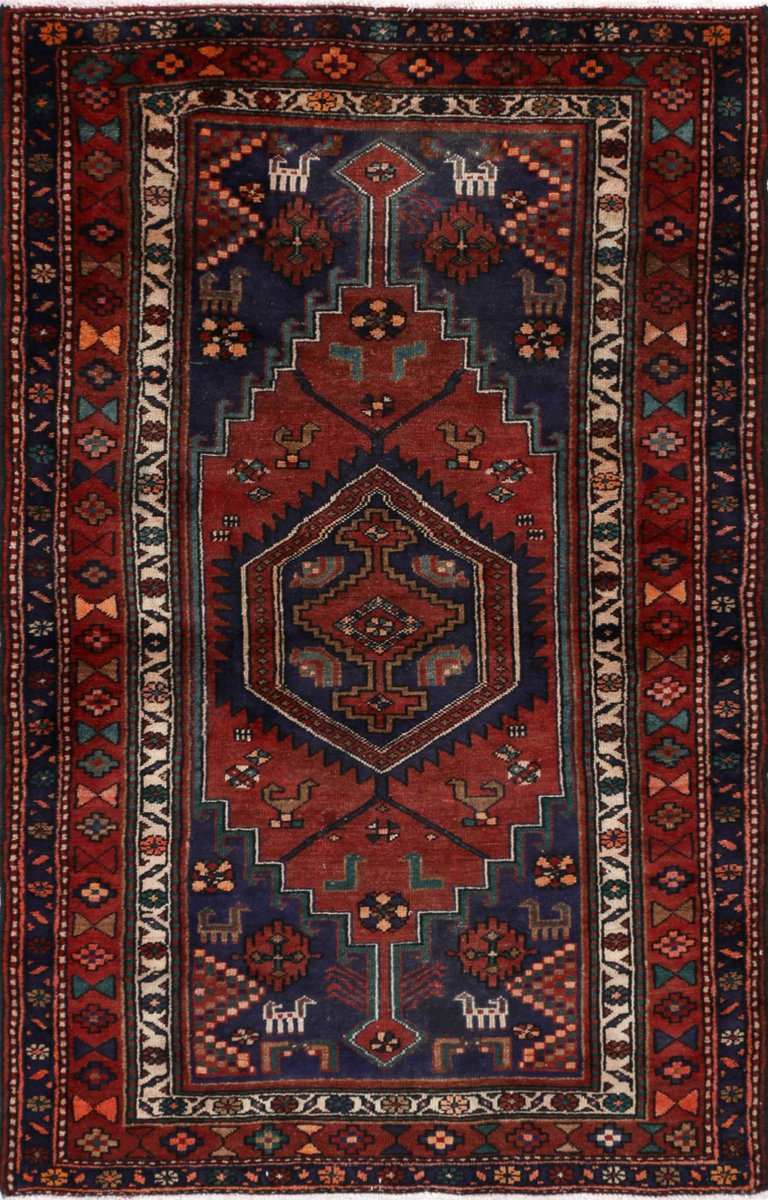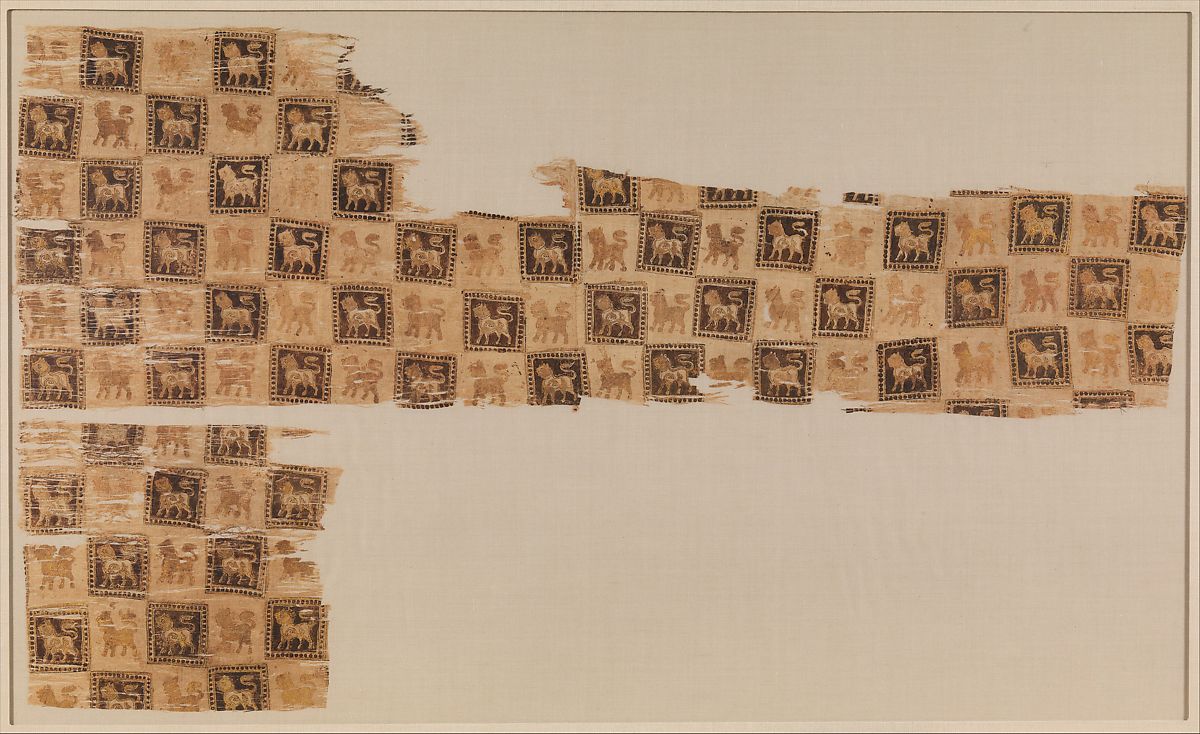Thread about carpets in the Persianate world (Afghanistan, Central Asia, Iran and by extension the Indian Subcontinent).
Carpets most likely originated somewhere in northern modern Iran, around the Caspian Sea, like 7000 years ago. The earliest carpet was found in Siberia in the 5th century BC, the "Pazyryk carpet", made in Iran or may be Armenia.
Did you know "carpet-weaving" was introduced into the Indian Subcontinent by the Ghaznavids and Ghorids in the 11th century? It was during the Mughal period, when the carpets made on the Indian subcontinent became so famous that demand for them spread abroad.
The carpet industry in India flourished more in its northern part, more exposed to Central Asian culture and with major centres found in Kashmir, Jaipur, Agra and Bhadohi.
Ziegler carpets are made in Kabul and northern regions of Afg. They are called "Ziegler" after the Anglo-Swiss company "Ziegler&Co", the first one to bring these carpets to Europe after the First Anglo-Afghan War.
Ziegler´s original name is "Choobi" ("choob" means wood in Persian). Pakistan has become one of the most important producers of this type of carpets. Afghan refugees brought this design to Pakistan.
Prancing leopard. Detail of a carpet from Herat. Early 16th century, Khorasan. National Gallery of Art, Washington D.C. (USA).
Persian carpet from Tabriz in northwestern Iran. Mix of wool and silk.
Tabriz produces some of the finest carpets in the world and it is one of Iran´s most important and biggest centre of the carpet industry.
Tabriz produces some of the finest carpets in the world and it is one of Iran´s most important and biggest centre of the carpet industry.
"Suzani" is a type of embroidered and decorative tribal textile made in Central Asian countries such as Tajikistan and Uzbekistan. "Suzani" is from the Persian سوزن Suzan which means needle. The art of making such textiles in Iran is called "Suzandozi" (سوزندوزی "needlework").
The oldest surviving suzanis are from the late 18th, but it seems likely that they were in use long before that. In the early 15th century, Ruy Gonzáles de Clavijo, the Spanish ambassador to the court of Timur, described embroideries that were probably forerunners of the suzani.
Major types:
-Bukhara Suzani
-Khodjent Suzani (Khodjent, Tajikistan)
-Lakai Suzani
-Nurata Suzani, made in the town of Nurata in Uzbekistan.
-Pskent Suzani
-Samarkand Suzani
-Shakhrisabz Suzani
-Tashkent Suzani
-Ura Tube Suzani (Istaravshan, Tajikistan)
-Bukhara Suzani
-Khodjent Suzani (Khodjent, Tajikistan)
-Lakai Suzani
-Nurata Suzani, made in the town of Nurata in Uzbekistan.
-Pskent Suzani
-Samarkand Suzani
-Shakhrisabz Suzani
-Tashkent Suzani
-Ura Tube Suzani (Istaravshan, Tajikistan)
Herati carpet pattern https://twitter.com/BiruniKhorasan/status/1156199771977199622">https://twitter.com/BiruniKho...
In Turkmenistan carpets are so important and valued that they have placed upon a green field a symbolic representation of the country& #39;s famous carpet industry.
Beautiful flag. https://twitter.com/BiruniKhorasan/status/1157344905448046593">https://twitter.com/BiruniKho...
Beautiful flag. https://twitter.com/BiruniKhorasan/status/1157344905448046593">https://twitter.com/BiruniKho...
The Suaire de Saint-Josse, the "Shroud of Saint Josse" that is now conserved in the Musée du Louvre, is a rich silk samite saddle cloth that was woven in Khorasan under the Samanian rule, some time before 961. https://twitter.com/BiruniKhorasan/status/1163106378598236162">https://twitter.com/BiruniKho...
"Baluch" are a Khorasani type of carpet mostly made in the cities of Herat and Mashhad.
The carpets are often small with lively patterns, and praying carpets are common. The dominating colours are red, brown and dark blue.
Left pic Mashhadi Baluch, right pic Herati Baluch.
The carpets are often small with lively patterns, and praying carpets are common. The dominating colours are red, brown and dark blue.
Left pic Mashhadi Baluch, right pic Herati Baluch.

 Read on Twitter
Read on Twitter

